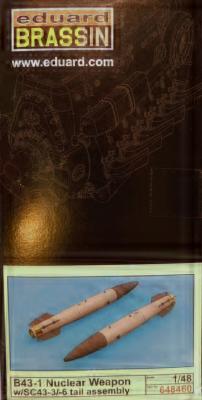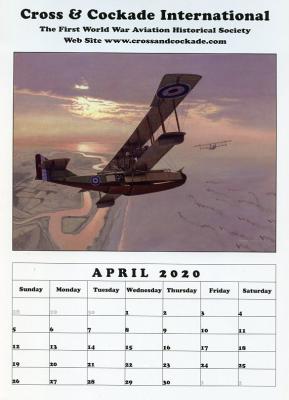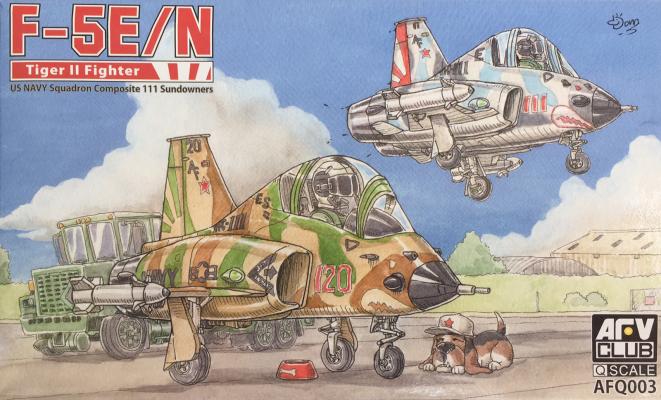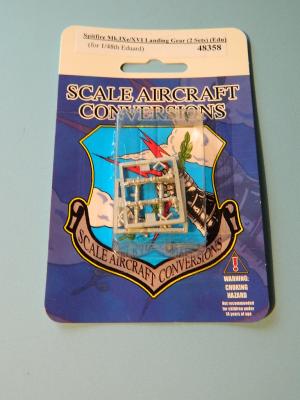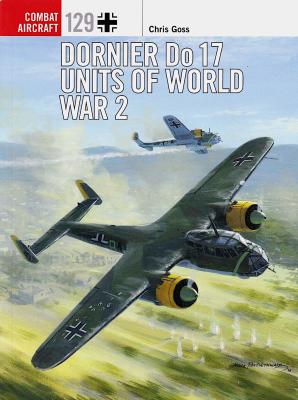Serving in the U.S. Navy in the late 1980’s, these were the weapons that I could “neither confirm nor deny” were present on my aircraft carriers. The B43 was in service between 1959 and 1991, and could have been carried in a nuclear conflict aboard any U.S. aircraft certified for bomb loads (a rather lengthy list). This new release from Eduard will allow for a unique loading of any aircraft that served during the Cold War in nearly any branch of the service as well as by some NATO allies. Construction of the bombs is clear and anyone with limited experience with resin and brass will be able to put these to use.
Welcome to the IPMS/USA Reviews site!
Introduction: The primary organization of the IPMS/USA Review website is by IPMS/USA National Contest Class. Within each Class there are sub-menus by kits, decals, books, etc. The Miscellaneous Class is for items that are not class specific or that cross two or more classes.
IPMS/USA Members: We encourage you to submit reviews, both here and to the Journal. To volunteer for membership in the IPMS/USA "Reviewers Corps" and submit your own reviews, please read the Guidelines For Submitting Product Reviews.
Manufacturers, publishers, and other industry members: IPMS/USA is pleased to offer your company the opportunity for product reviews. All product reviews are performed by IPMS/USA members, and are posted in the publicly-accessible section of our website. With very few exceptions, we perform full build reviews of new kit releases, aftermarket products, and supplies. If you would care to provide product samples for review, please contact John Noack, IPMS/USA 1st VP.
To learn more about IPMS/USA, please see our About Us page.
Cross & Cockade has released their 2020 calendar, and in keeping with past calendars, combines excellent W.W.I aviation art with the usual calendar functions. As in past years, you are advised to order your copy now, and not wait. There may be a limited supply of these calendars and you do not want to miss out because you waited until the supply ran out.
According to Roger Tisdale of Cross & Cockade, the profits from the sale of the 2020 Cross and Cockade International Calendar are once again going to assist in the upkeep of the British Air Services Memorial at the St-Omer airfield in northern France”. This is a very worthy cause and deserving of your support. One can check out the St-Omer Memorial.
Like a lot of modelers, I take this hobby a bit more seriously than I should at times. This kit is a reminder that it's actually fun to build models. Taking real-life subjects and “egg shaping” them into a whimsical mimic seems to be a growing sector based on the number of kits and subjects receiving this treatment. In this case, AFV Club has chosen the F-5E/N Tiger II. The F-5E/N series was an improved version of the F-5 Freedom fighter that incorporated modifications from the unsuccessful F-20 Tigershark. Leading-edge extensions and more powerful engines made it the perfect aggressor aircraft to simulate the MiG 21. This kit draws inspiration from the Navy’s VF 111 “Sundowners”. But enough of that serious stuff.
IPMS/USA again thanks Ross and his Team at SAC for supporting the IPMS USA reviewer corps with one more of many monthly releases, with extremely useful and well-thought out landing gear additions for the modeling crowd out here in the modeling world. And thanks to IPMS leadership for sending it to me to be reviewed.
Consisting of two (that’s 2!) complete sets of gear, it’s pretty simple. Two main gear struts, two external torque links, and one tail gear. The tail gear is not the standard “Bar and lever” we see on so many early spitfires, but an actual oleo.
This set includes the torque scissors. It can be added as an afterthought to building, thereby preventing one from breaking it off during construction. Test fit into the wing and tail sockets to make sure no cleanup of flash is required, then a touch of superglue or epoxy, wait for the glue to cure, then you are done!
The good folks at Osprey Publishing just keep cranking out quality publications on all sorts of subjects, and this book is no exception. Author Chris Goss takes us through a well-written and well-researched history of the units that operated the Dornier Do-17 bomber in World War II.
The book starts with a short explanation of the development of the Do-17 from a transport plane into a military plane during the formative years of the Luftwaffe. The type served in the Spanish Civil War, like many of the early Luftwaffe aircraft, and proved to be a capable bomber. Lessons learned in Spain led to the redesign of the forward part of the fuselage into the version that most of us modelers are familiar with – the Do-17Z.











